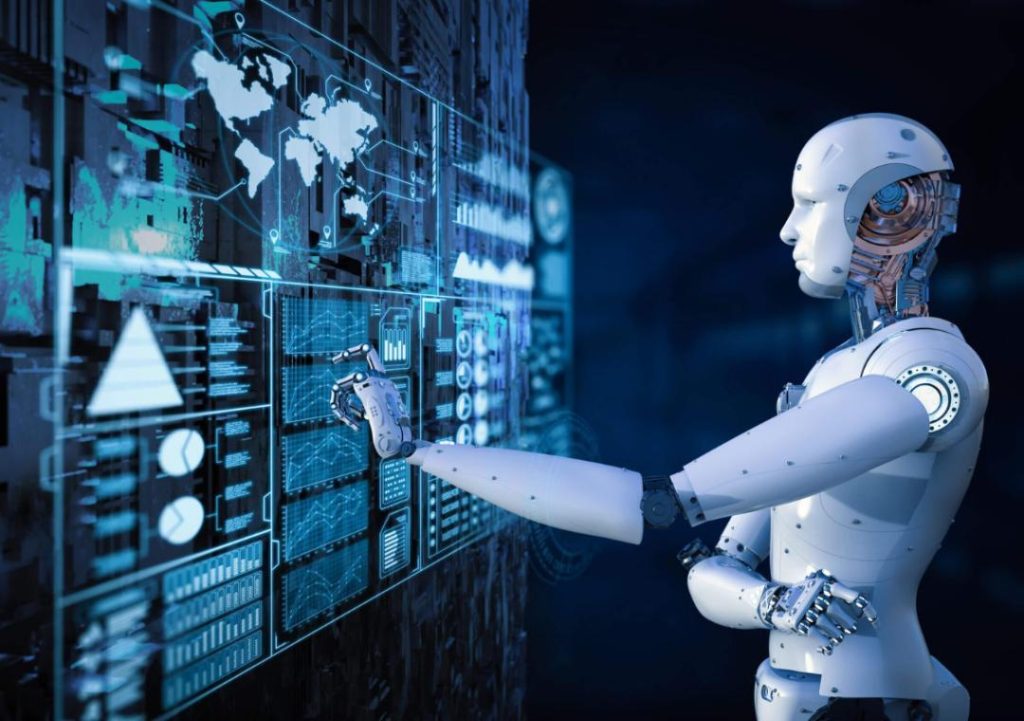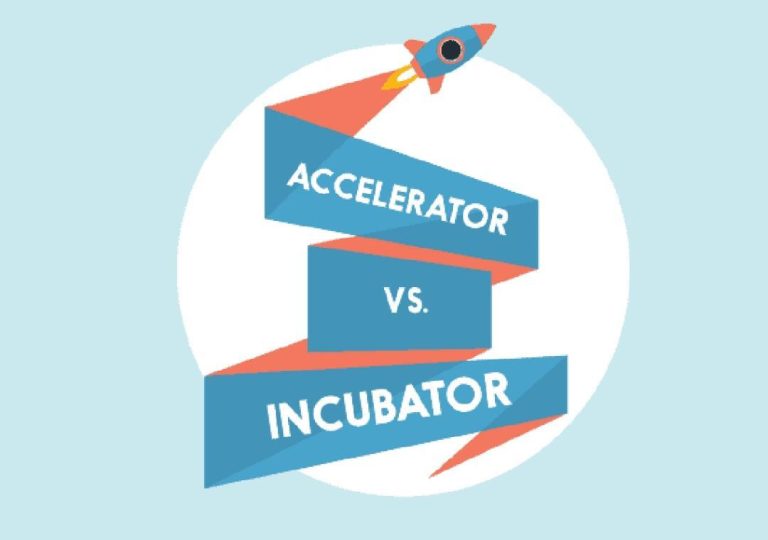
AI & Automation: The Productivity Power Duo
In today’s fast-paced business landscape, the quest for increased productivity and efficiency has become a top priority for companies across industries. With the advent of Artificial Intelligence (AI) and Automation, this goal is now more achievable than ever. By combining the strengths of Robotic Process Automation (RPA) with AI, businesses can streamline tasks, improve decision-making, and free up human teams to focus on high-value strategic work.
In this blog post, we’ll delve into the world of Intelligent Automation, exploring how this powerful duo is revolutionizing the way businesses operate and transforming the future of productivity.
What is Intelligent Automation?
Intelligent Automation is the fusion of RPA and AI, designed to automate repetitive, mundane tasks while leveraging AI’s capabilities to tackle complex decisions. This synergy enables businesses to create intelligent, adaptive processes that learn from data and adapt to new patterns, ensuring maximum efficiency and accuracy.
How does it work?
- RPA: RPA uses software bots to mimic human interactions with digital systems, automating routine tasks such as data entry, document processing, and customer service queries. These bots can work 24/7, without fatigue or error, freeing up human employees to focus on higher-value tasks.
- AI: AI algorithms analyze data and make decisions based on patterns, predictions, and learning from previous experiences. AI can identify anomalies, detect trends, and make accurate predictions, enabling businesses to make informed decisions.
The Benefits of Intelligent Automation
- Increased Productivity: By automating routine tasks, businesses can free up human teams to focus on strategic work, increasing productivity and efficiency.
- Improved Accuracy: AI’s ability to analyze data and identify patterns ensures accurate decision-making, reducing errors and improving overall quality.
- Enhanced Agility: Intelligent Automation enables businesses to adapt quickly to changing market conditions, customer needs, and new trends.
- Cost Savings: Automation reduces labor costs, minimizes errors, and decreases the need for manual intervention, resulting in significant cost savings.
- Improved Customer Experience: By automating repetitive tasks, businesses can provide faster, more personalized customer service, leading to increased customer satisfaction and loyalty.
Real-World Examples of Intelligent Automation in Action
- Customer Service: A bank uses AI-powered chatbots to handle customer inquiries, freeing up human representatives to focus on complex issues and high-touch services.
- Supply Chain Management: A retail company leverages AI to predict demand, optimize inventory levels, and streamline logistics, reducing costs and improving delivery times.
- Accounting and Finance: A financial institution uses RPA to automate bookkeeping, invoicing, and payment processing, reducing errors and increasing efficiency.
The Future of Intelligent Automation
As AI and Automation continue to evolve, we can expect to see even more innovative applications across industries. Some potential developments include:
- Augmented Intelligence: AI-powered tools that enhance human capabilities, enabling employees to focus on higher-value tasks.
- Edge Automation: AI-powered devices that automate processes at the edge of the network, reducing latency and improving real-time decision-making.
- Hyper-Automation: The next generation of automation, which will use AI to automate complex, high-value tasks, such as strategy development and decision-making.
Conclusion
The combination of AI and Automation is a powerful productivity duo that’s revolutionizing the way businesses operate. By automating routine tasks and leveraging AI’s capabilities to tackle complex decisions, companies can increase efficiency, accuracy, and agility, while freeing up human teams to focus on high-value strategic work. As Intelligent Automation continues to evolve, we can expect to see even more innovative applications across industries, transforming the future of productivity and efficiency.
Source:
https://www.growthjockey.com/blogs/intelligent-automation






